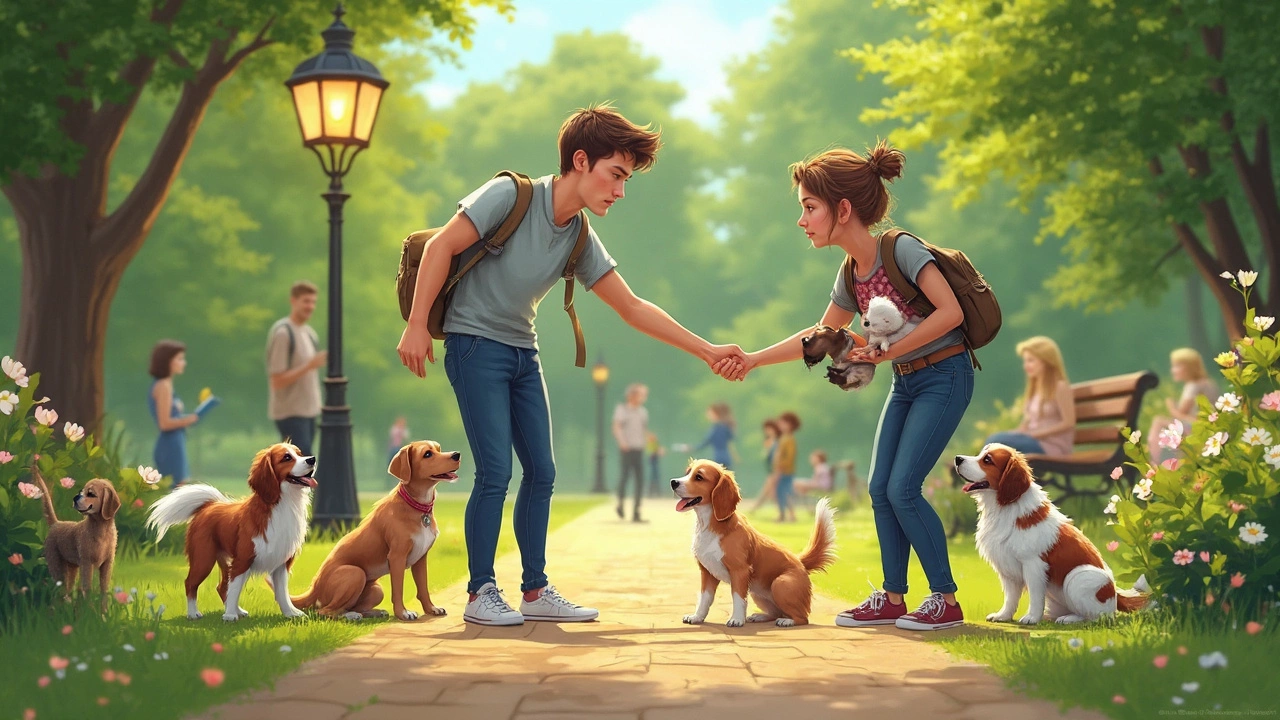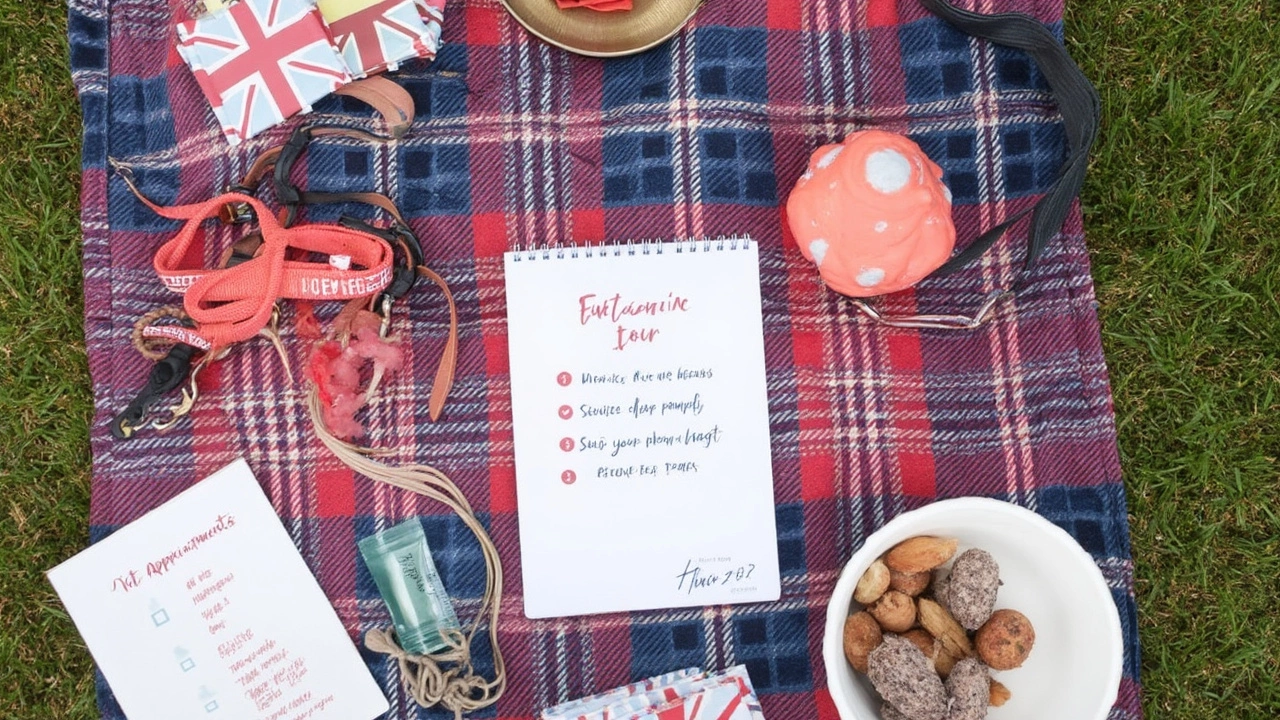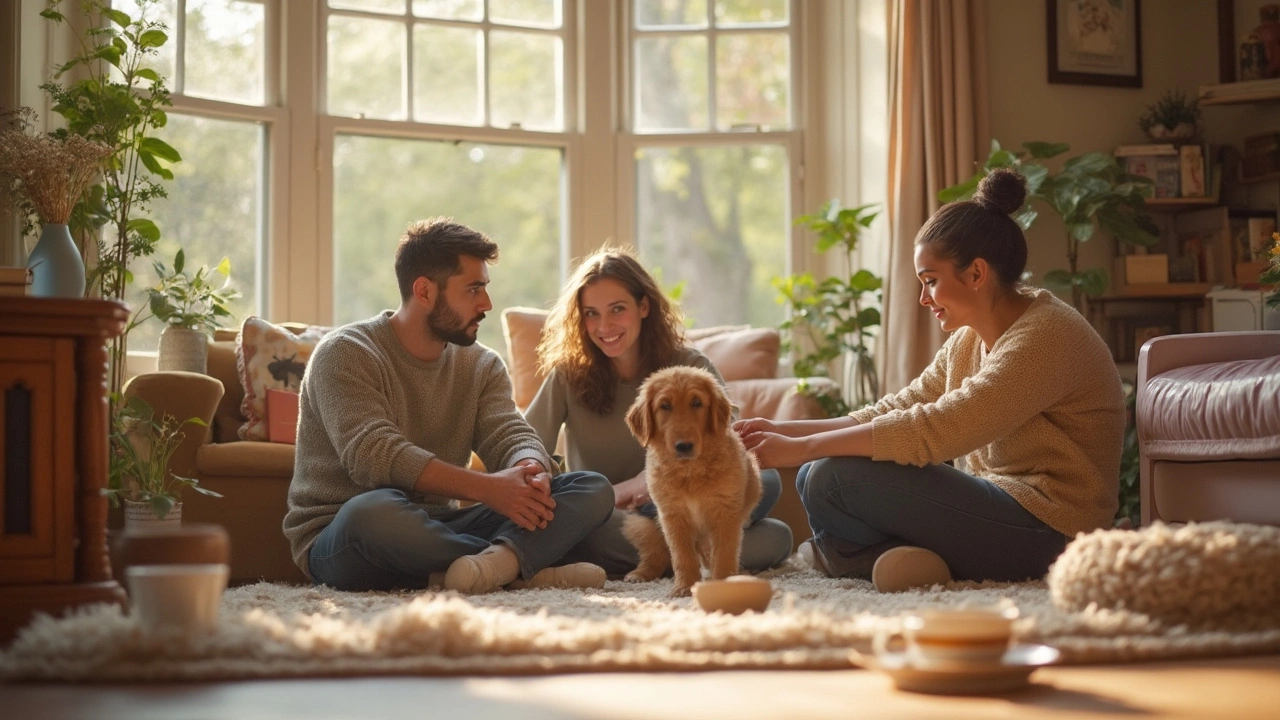Getting a puppy is like inviting the world’s cutest tornado into your life—fun, chaotic, and a bit messy. Before your new pup shows up, make sure your home is safe. Puppies will chew on just about anything, from electrical cords to your favorite shoes. Baby gates can keep them out of trouble, and hiding wires is a must. Crates are surprisingly useful too, not just for training but for giving them a space that’s all theirs when they need a break.
Double-check your cleaning supplies and houseplants—some are toxic to dogs, like lilies and certain kitchen cleaners. Stick those out of reach and swap for pet-safe alternatives where you can. Stock up on puppy pads if you’re not going outside much yet, and grab a couple of tough chew toys to save your furniture. The more you puppy-proof now, the less you’ll yell later. Trust me, you’ll thank yourself when you don’t step in a puddle at 3 a.m. or lose another sock to sharp little teeth.
- Prepping Your Home for a Puppy
- Starting with the Essentials: Food, Water, and Sleep
- Building Routines and Introduction to Training
- Socializing and Handling Common Puppy Behaviors
- Staying on Top of Health and Vet Visits
Prepping Your Home for a Puppy
Puppies don’t come with an off switch, so getting your home ready before they show up is a game changer. Safety is first. Puppies are crazy curious—anything they can reach, they’ll try to chew, swallow, or climb. You’ll want to cover outlets, hide all cords, and stash shoes, remotes, and chargers. Some common foods like chocolate, grapes, and even onions are toxic. Keep these locked away and skip giving scraps from the table.
"Puppies are like toddlers. They explore with their mouths and can get in trouble fast. Prevention is easier than a trip to the emergency vet." – Dr. Marty Becker, "America’s Veterinarian"
Pick a specific spot for your new pup to sleep, eat, and go to the bathroom so they have a routine from day one. Set up a crate or small playpen with a comfy bed—this gives your puppy a safe zone and helps with house training. Make sure the crate is just big enough for your puppy to stand and turn around, not much bigger. Oversized crates can lead to accidents because dogs don’t like to potty where they sleep.
Here’s a basic puppy-proofing checklist:
- Install baby gates to limit access.
- Store cleaning products and meds on high shelves.
- Remove small items like coins, hair ties, and kids’ toys from the floor.
- Secure trash cans—they love a good rummage.
- Put away poisonous houseplants (like philodendrons and lilies).
- Check your yard for escape routes and toxic plants.
Curious where puppies are most likely to get into trouble? Check out these common puppy hazards and how often accidents happen at home:
| Hazard | % of Puppy Owners Reporting Issue |
|---|---|
| Chewing cords | 42% |
| Eating unsafe food | 29% |
| Getting into trash | 35% |
| Houseplant poisoning | 13% |
While you’re at it, stock your space with essentials—think stainless steel bowls (easier to clean), puppy food, a sturdy collar and leash, and chew toys. If you have other pets, let them sniff items like the puppy blanket before homecoming day. And don’t forget to write down emergency numbers—your vet, animal poison control, and the nearest 24/7 animal hospital. Prepping now means less chaos later, so you can focus on what matters: raising a happy, healthy puppy care routine from the start.
Starting with the Essentials: Food, Water, and Sleep
Your puppy’s world pretty much revolves around eating, sleeping, and figuring out what all those new smells are. Let’s cut straight to what you need to know to get things right from the beginning.
First up, pick a food made just for puppies—not adult dogs. Puppy food has the right balance of protein and calories their bodies need to grow. Most vets recommend sticking to the feeding schedule on your food’s label based on your pup’s weight and age. Don’t be surprised if your puppy eats three or even four times a day at first—they’re like little factories, burning energy quick.
| Puppy Age | Meals per Day | Sleep Hours (Average) |
|---|---|---|
| 8-12 weeks | 4 | 18-20 |
| 3-6 months | 3 | 16-18 |
| 6-12 months | 2 | 14-16 |
Always make sure your puppy has fresh water. Change the water daily (twice a day if it gets messy). Some pups like to splash, so placing the bowl on an easy-to-clean mat can help.
Now, the sleep part. Puppies snooze… a lot! You might worry something’s wrong when your pup wants to conk out after five minutes of play, but that’s totally normal. Give them a quiet, cozy spot away from the hustle of your kitchen or living room. A crate with a soft blanket or a puppy bed works well. Don’t force play if your puppy just wants to sleep. Good sleep is as key as food for their development.
- Stick to a regular feeding schedule and don’t leave food out all day.
- Wash food and water bowls every day—bacteria grows fast and new puppies have delicate tummies.
- If your puppy isn’t eating or drinking for more than a day, check in with your vet.
Getting these basics—food, water, sleep—down early means fewer headaches down the road. When you hear “puppy care,” this is the foundation for everything else to build on.

Building Routines and Introduction to Training
Puppies thrive on routine. You don’t have to be strict like a drill sergeant, but keeping things predictable helps your puppy relax and learn faster. Start each day by taking your pup outside first thing for a potty break. Feeding should happen at the same times every day—usually three meals when they’re tiny, then down to two as they grow.
Puppy care isn’t just about food and walks. Training is baked right into the routine. Consistency works like magic here. If you want your puppy to sleep through the night, let them outside before bedtime—and always reward them right after they go potty. That’s how you build good habits.
- Potty training: Take them to the same spot outside every time. Most pups need to go out when they wake up, after eating, and after play. Accidents will happen, but don’t punish your puppy. Just clean up and try again; it’s patience over perfection here.
- Crate training: Crates aren’t mean—they’re like a cozy den. Start by letting your puppy explore the crate with the door open. Toss treats inside and praise any sniffing or sitting. Close the door for short periods at first, and stretch it out as they get comfortable. Most puppies learn the crate is a safe, chill place, not a punishment.
- Name recognition: Get your puppy’s attention by saying their name in a cheerful voice. When they look at you, reward with a treat or some praise. Do this often. The first trick really is just learning their name!
A tired puppy is a happy puppy. Keep training sessions short and fun—5 minutes tops for tiny pups, maybe 10 for older ones. End on a high note, with lots of love. Mixing in training during playtime or walks keeps things interesting.
| Basic Routine | Recommended Frequency |
|---|---|
| Potty Breaks | Every 2-3 hours |
| Meals | 3x per day (under 6 months) |
| Training Sessions | 2-3 short sessions daily |
| Crate Time | After meals/play, at night |
Nothing beats positive reinforcement. Treats, extra belly rubs, and happy voices go so much further than scolding. If you keep at it and make routines stick, most puppies are pretty quick learners. Good habits now save a lot of headaches later—think fewer chewed-up shoes and way more tail wags.
Socializing and Handling Common Puppy Behaviors
If you want your puppy to grow up friendly and confident, you need to start socializing them early. Most experts recommend introducing your pup to different people, places, and other dogs between 8 and 16 weeks old. During this window, their brains are like little sponges—they’ll accept new things more easily and are less likely to become fearful adults.
Make it simple. Invite friends over, bring your puppy on short car rides, and let them sniff around the neighborhood (after they’ve had their first vaccines). Just watch for signs of anxiety—yawning, cowering, or hiding. If your puppy looks nervous, give them a break and go slower next time. Puppy classes are a lifesaver for socialization too, and they come with the bonus of early training under an experienced instructor.
Puppies do weird things: nipping, whining, barking at odd times, and chewing anything in sight. These behaviors are totally normal but can get annoying fast if you don’t handle them right. A tired puppy is a good puppy, so keep them busy with regular play, short walks, and chew toys. Ignore or redirect unwanted habits like nipping—swap your hand for a toy and praise them when they chew what they’re supposed to.
- Jumping up: Turn your back when they jump, and only give attention when all paws are on the floor.
- Chewing shoes or furniture: Give them interesting toys and quickly swap whatever they shouldn’t chew with the toy.
- Whining or barking when left alone: Practice leaving for short bursts at first so they learn you always come back.
If you’re ever unsure what’s normal, here’s a quick table showing how often puppies do the stuff that drives us nuts and when it usually phases out:
| Behavior | Common Age Range | When It Improves |
|---|---|---|
| Nipping/biting | 8-16 weeks | 4-6 months (with training) |
| Chewing | 8 weeks-6 months | Usually declines after 6 months |
| Whining for attention | 8-18 weeks | Gets better after routines are set |
| Jumping up | 8 weeks-4 months | Improves with consistent response |
Don’t forget—every puppy is different. One might be super social, while another needs a slower intro to new situations. Stick with it and celebrate little wins. The key to puppy care is being patient and consistent, even when they drive you up the wall.

Staying on Top of Health and Vet Visits
Your puppy's first few months set the tone for good health down the road. As soon as you bring your pup home, call your local vet to set up a check-up. Puppies usually need their first trip to the vet within a week of arriving, even if they look and act healthy. Vets check for things you might not notice—like heart murmurs, hernias, or early signs of illness.
Vaccinations are a big deal, and skipping them can put your puppy and other dogs at risk. The typical vaccine schedule starts around six to eight weeks old, but your vet will confirm timing based on your specific pup.
| Vaccine | First Dose | Booster Frequency |
|---|---|---|
| Distemper/parvo combo | 6-8 weeks | Every 3-4 weeks until 16 weeks |
| Rabies | 12-16 weeks | Yearly or as required by law |
| Bordetella (kennel cough) | 6-8 weeks | Yearly |
Keep track of worming and flea treatments too. Puppies are often born with worms, so vets usually start deworming them at two weeks, then every two weeks until twelve weeks. For fleas, most treatments can start around eight weeks, but always check the label and talk to your vet before using any products.
- Bring poop samples to the vet — it sounds weird, but it's how they check for parasites.
- Ask about microchipping during an early visit if your puppy didn’t already come with one.
- If you’re on a tight budget, some local shelters or clinics offer discounted vaccinations and health checks.
One thing nobody tells you: vet visits are a huge part of puppy care for the first year, but they don’t have to be scary. Bring a favorite toy or treat, talk calmly, and keep these check-ins positive for your pup. Building good habits now means fewer health surprises later—and you’ll feel more confident handling whatever comes up.
